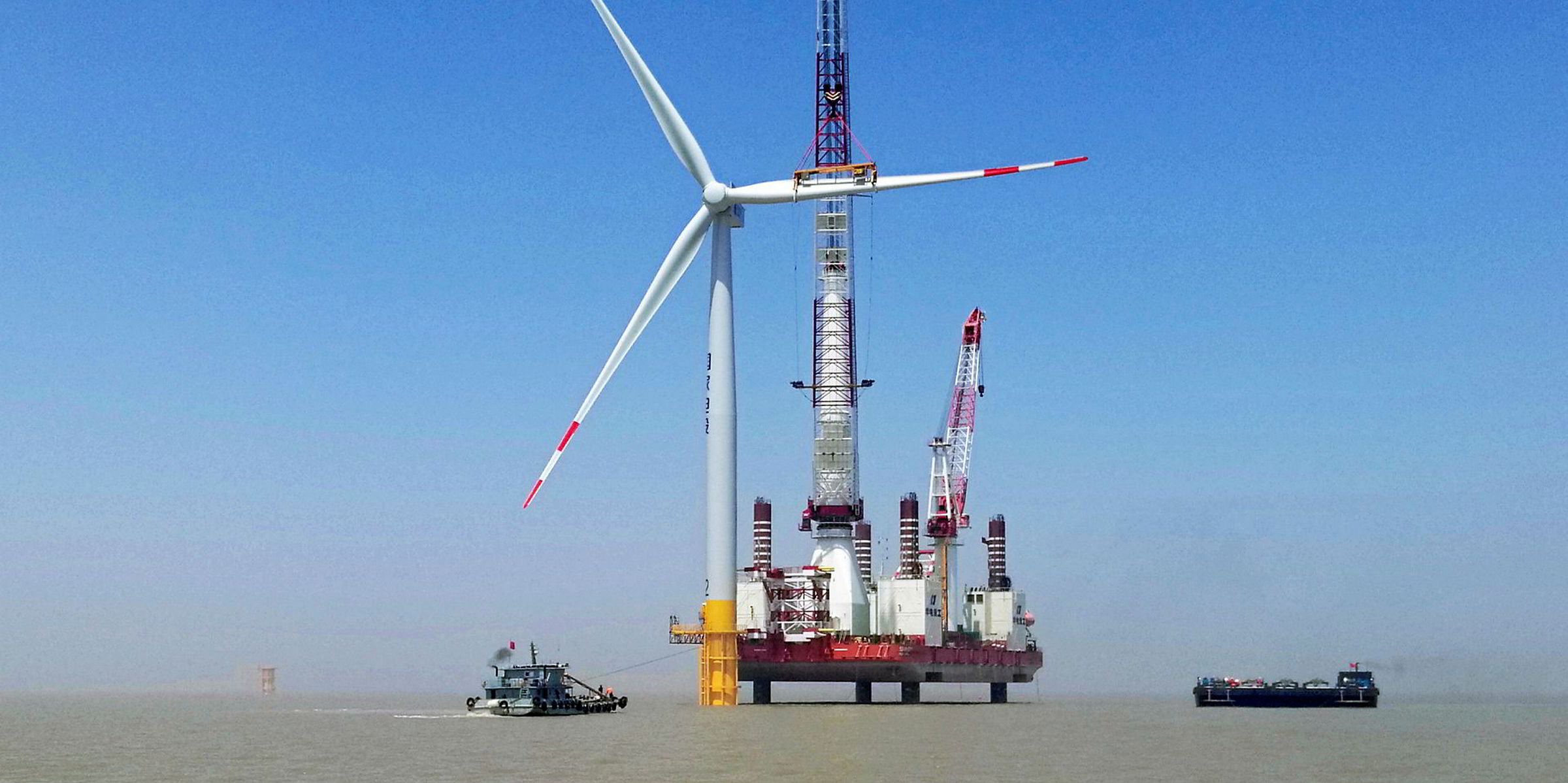Offshore wind could meet a large part or even much more than the entire electricity demand by China’s coastal provinces, researchers from renowned US and Chinese universities have found.
If electricity prices are high, offshore wind could provide more than 1,000 terawatt-hours, or about 36% of all coastal energy demand in the Asian country, according to a recent study from the Harvard John A. Paulson School of Engineering and Applied Sciences (SEAS) and Huazhong University of Science and Technology in China.
If electricity prices are low, it could provide more than 6,000 terawatt-hours, or 200% of total energy demand, the researchers estimated. Coastal provinces, including Guangdong and Jiangsu, currently use up some 80% of China’s total power.
“This is an important new contribution, recognition that China has abundant off-shore wind potential that can be developed and brought on shore to the power hungry coastal provinces at costs competitive with existing coal-fired polluting power plants,” said Michael McElroy, the Gilbert Butler Professor of Environmental Studies at SEAS and senior author of the paper.
To calculate the capacity and cost of offshore wind in China, the researchers first identified the regions where offshore wind farms could be built, excluding shipping zones, environmentally protected areas and water depths higher than 60 metres. They calculated the wind speeds in those areas and estimated the hourly capacity for each of the turbines.
“We estimate offshore wind costs according to a range of values derived from recent offshore wind farm developments,” said Peter Sherman, a graduate student at the department of Earth and Planetary Science and first author of the paper.
“Offshore wind turbines have historically been prohibitively expensive, but it is clear now that, because of significant technological advances, the economics have changed such that offshore wind could be cost-competitive now with coal and nuclear power in China.”
The researchers say that while wind power is critical for China to meet its climate targets, much of the country’s onshore wind power is transported from distant inland regions to population centres at the coast, with a significant share of the power still being lost due to curtailment.
Also, recent climate studies have suggested that the weakening land-sea temperature gradient due to global climate change is making historically windy regions, like Inner Mongolia, less windy.



